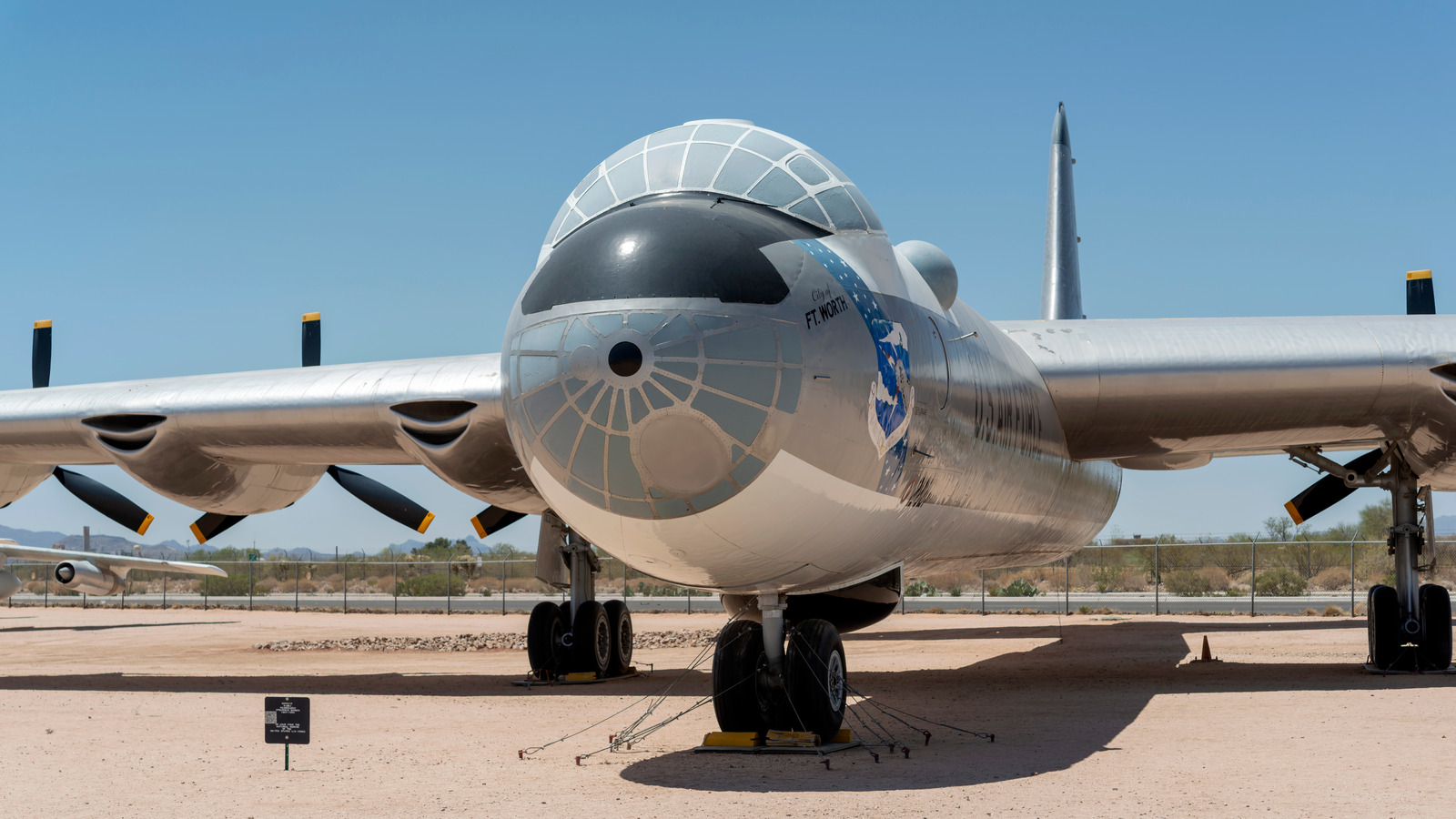
On September 2, 1945, Japan’s surrender marked the end of World War II. At times, during the peak of the German forces’ devastatingly effective blitzkrieg gains, this ultimate outcome may have been unthinkable. Though the Allies finally prevailed, governments and commanders on both sides were constantly at work trying to adapt to the dynamic situation. Preparing for the best and for the worst simultaneously is part of warfare.
Though the United States joined the conflict rather late, the nation had surely been watching as the face of Europe and the wider world changed dramatically. As part of the U.S. adaptations to this and its potential consequences, a new aircraft was required — a “strategic bomber with intercontinental range,” according to the National Museum of the United States Air Force.
The result of Convair’s work was one of the most intimidating and implausibly large bombers in history. The outlet goes on to report that the B-36 was slightly over 162 feet (49.4 meters) long and weighed 410,000 lbs. It boasted no less than 10 engines — a quartet of them were General Electric J47 engines.
When they were all in use, this humongous aircraft could still travel at quite the lick: it could reach up to 435 mph (700kmph) at top speed. There’s no doubt it was built for size and power, rather than pace. In June 1948 (just under two years since it first took off), the B-36 began its military career.
For all the latest Games News Click Here
For the latest news and updates, follow us on Google News.
